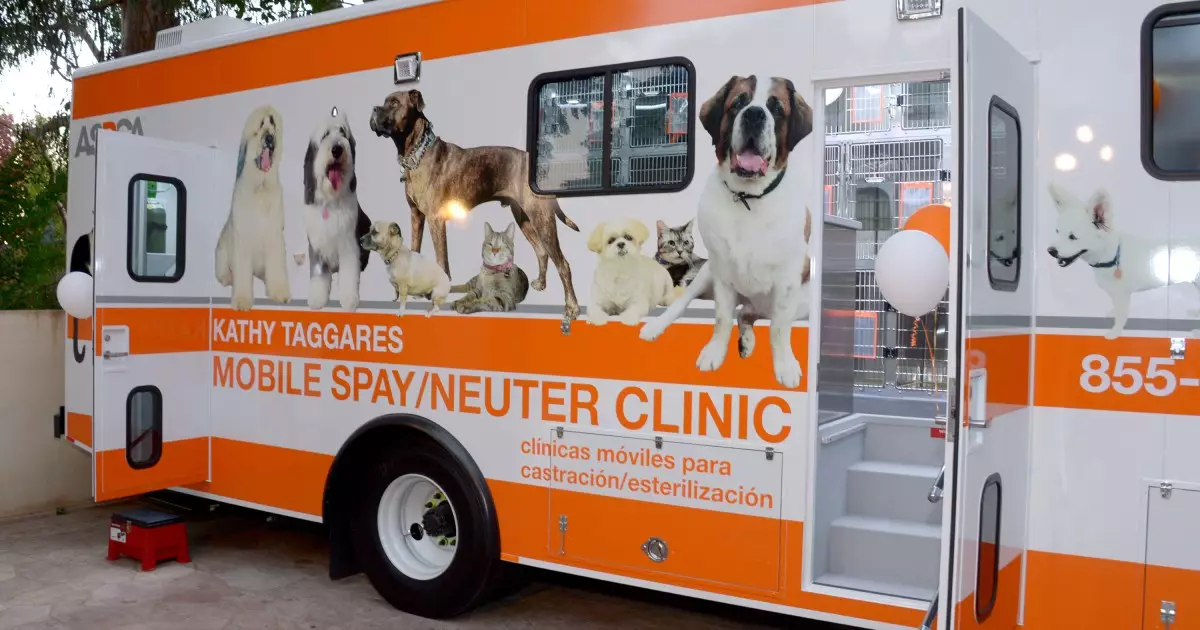In today’s society, the quest for responsible pet ownership has gained significant momentum, with spaying and neutering at the forefront of this initiative. These surgical procedures are essential in managing pet populations effectively and preventing the overwhelming numbers of animals in shelters across the country. When pet owners choose to spay or neuter their pets, they play a vital role in reducing the number of unwanted litters and consequently alleviating the burden on animal shelters. This also translates to fewer euthanizations of healthy, adoptable pets, thus contributing to the overall health of animal communities.
Moreover, spaying and neutering have demonstrable health benefits for dogs. Research indicates that unaltered pets face increased risks of certain cancers and other health issues. Additionally, animals who are not spayed or neutered often exhibit behaviors that lead to them wandering away from home or engaging in aggression toward other pets. By facilitating access to these procedures, we not only improve the quality of life for individual pets but also enhance community safety.
Despite the well-documented benefits, financial constraints often deter pet owners from taking action. Recognizing this issue, low-cost spay and neuter clinics have emerged as a crucial resource for responsible pet care. These clinics typically operate on a non-profit basis, relying heavily on the goodwill of volunteers and donations from community organizations and veterinary professionals. By offering these essential services at reduced rates, they provide an accessible avenue for low-income pet owners to get their pets sterilized, thus preventing unwanted pregnancies and mitigating health risks.
However, these altruistic facilities are sometimes exploited by those who could afford to pay for their pets’ procedures. Individuals with purebreds—often purchased from breeders or pet stores—may seek out these services simply to save money, undermining the mission of clinics designed for low-income pet owners. Such practices not only misuse community resources but also distract from the clinics’ primary purpose, which is to assist those genuinely in need.
To maintain the integrity of low-cost spay and neuter programs, it is imperative to implement measures that ensure these services are used by those who truly need them. Some clinics require proof of income or public assistance, which effectively filters out individuals capable of affording full-priced veterinary care. This can include tax returns or documentation from government assistance programs, such as food stamps or Medicaid.
Yet, imposing stringent requirements may inadvertently disadvantage individuals in precarious financial situations who lack formal documentation of their income. For instance, someone facing a sudden job loss or unexpected medical expenses may struggle to provide proof, despite being in genuine need of assistance. Such complexities highlight the necessity for a nuanced approach that balances accessibility with accountability.
One proactive step towards safeguarding the mission of low-cost clinics involves education and community outreach. By informing prospective clients about the purpose and functioning of these facilities, we can cultivate a sense of responsibility among pet owners. Educating the public about the non-profit nature of these clinics may deter potential abusers who may have otherwise justified their actions. Additionally, communicating the costs and logistics behind veterinary care can enhance people’s understanding of why these procedures are priced as they are.
Encouraging local communities to share information about the resources available and the importance of spaying and neutering can lead to better decision-making among pet owners. Grassroots campaigns and workshops can be powerful tools in raising awareness, and they can inspire a culture of conscientious pet ownership grounded in empathy and responsibility.
Ultimately, the solution to the challenges facing low-cost spay and neuter clinics lies not only in stringent measures or education but also in fostering cooperation among various stakeholders. Veterinarians, animal welfare organizations, community members, and local governments must collaborate to create a holistic approach that supports responsible pet ownership while also addressing the root causes of pet overpopulation.
By working together, we can create lasting change that prioritizes the welfare of animals, reduces shelter populations, and ultimately fosters a compassionate community for all pet owners. This collaborative spirit, combined with a commitment to education and accountability, ensures that low-cost spay and neuter clinics can flourish and fulfill their essential roles in our society.

